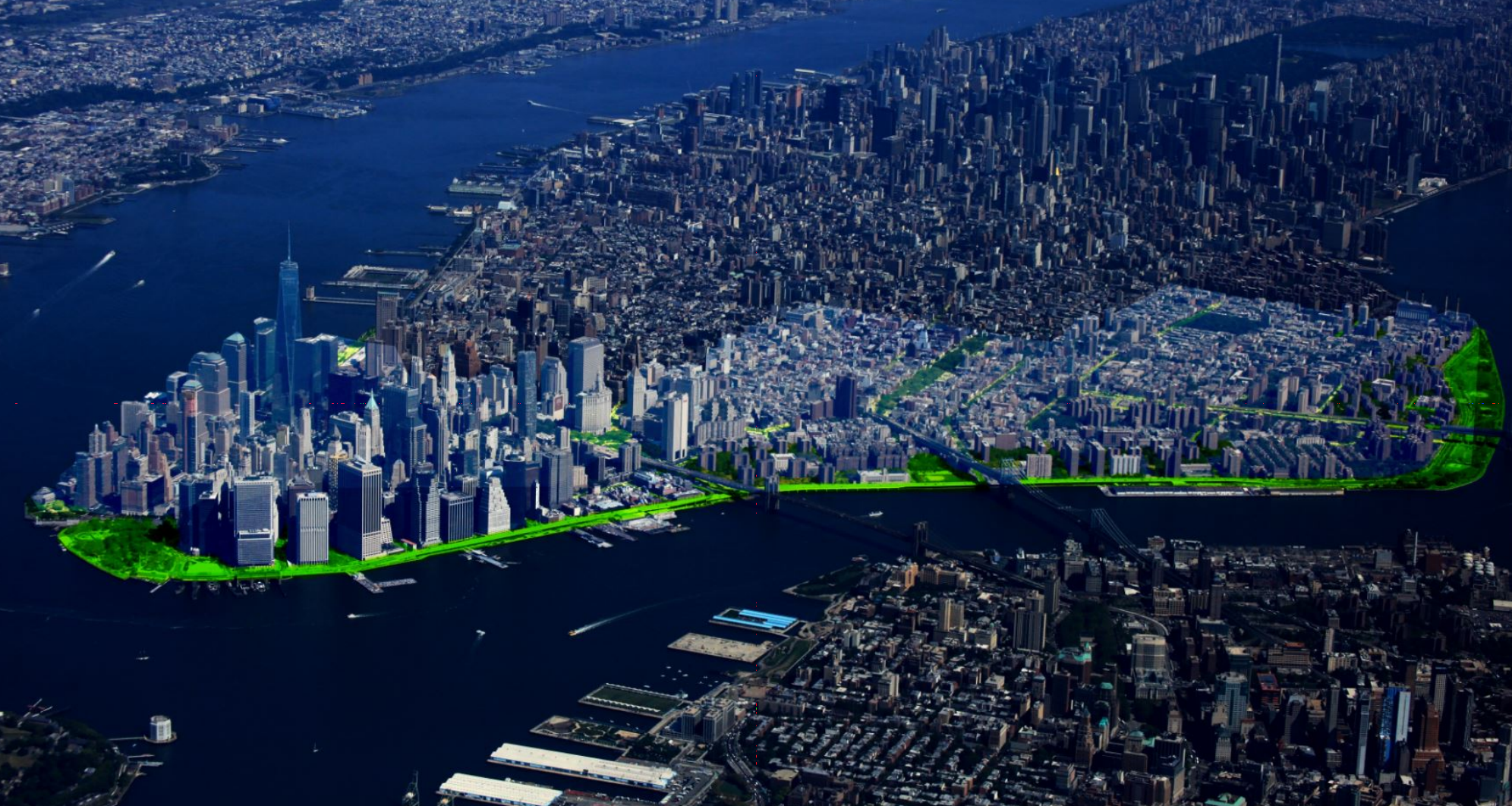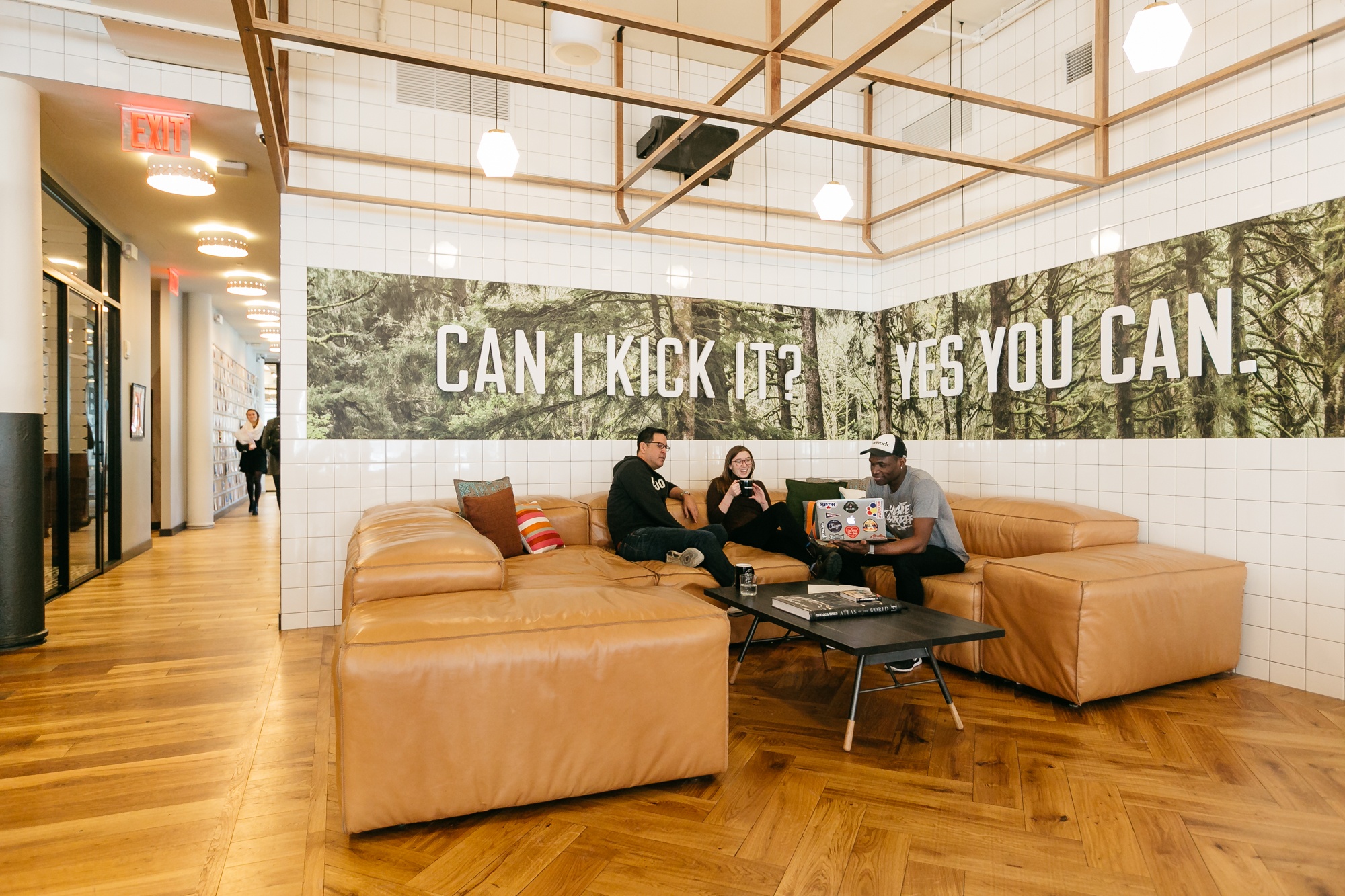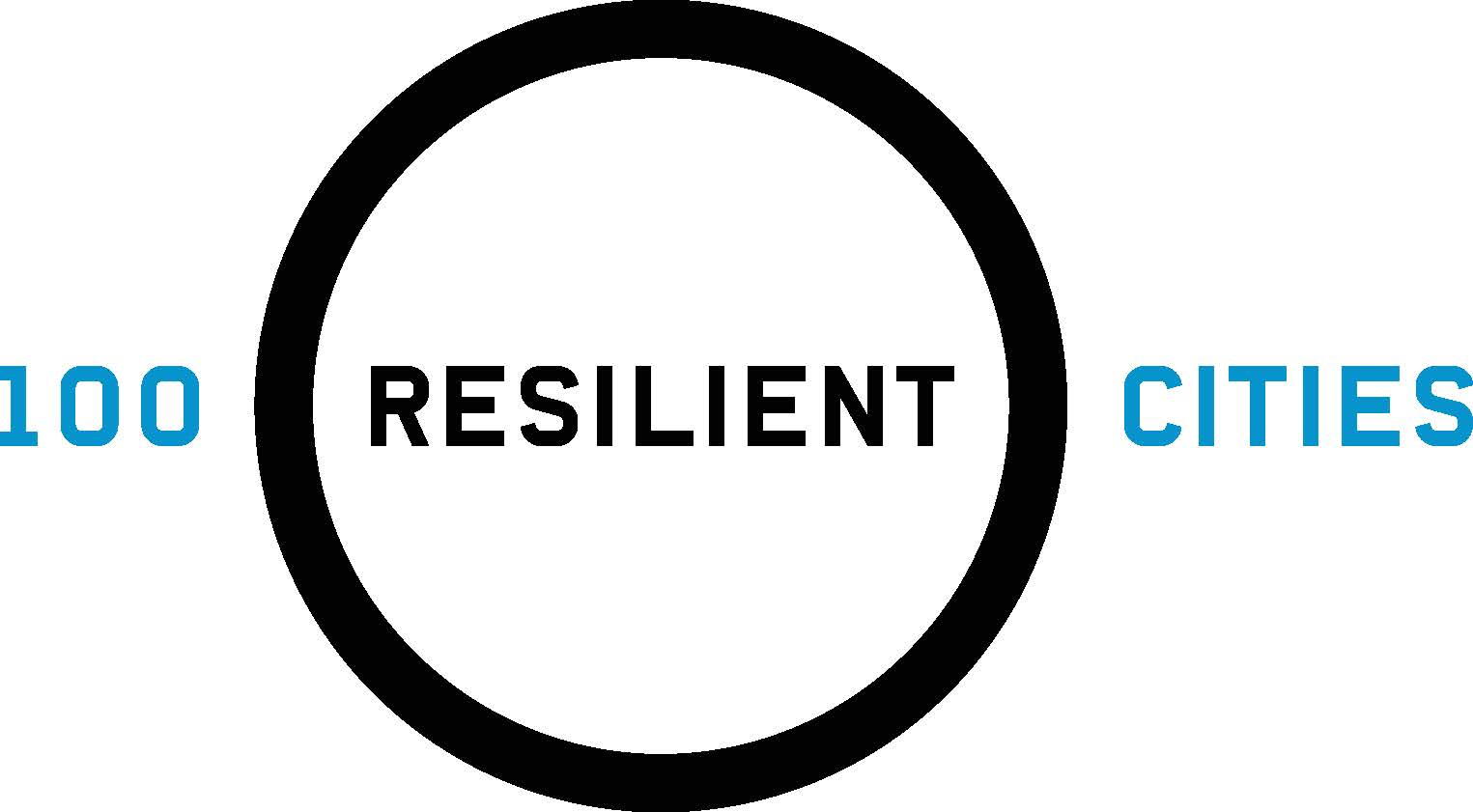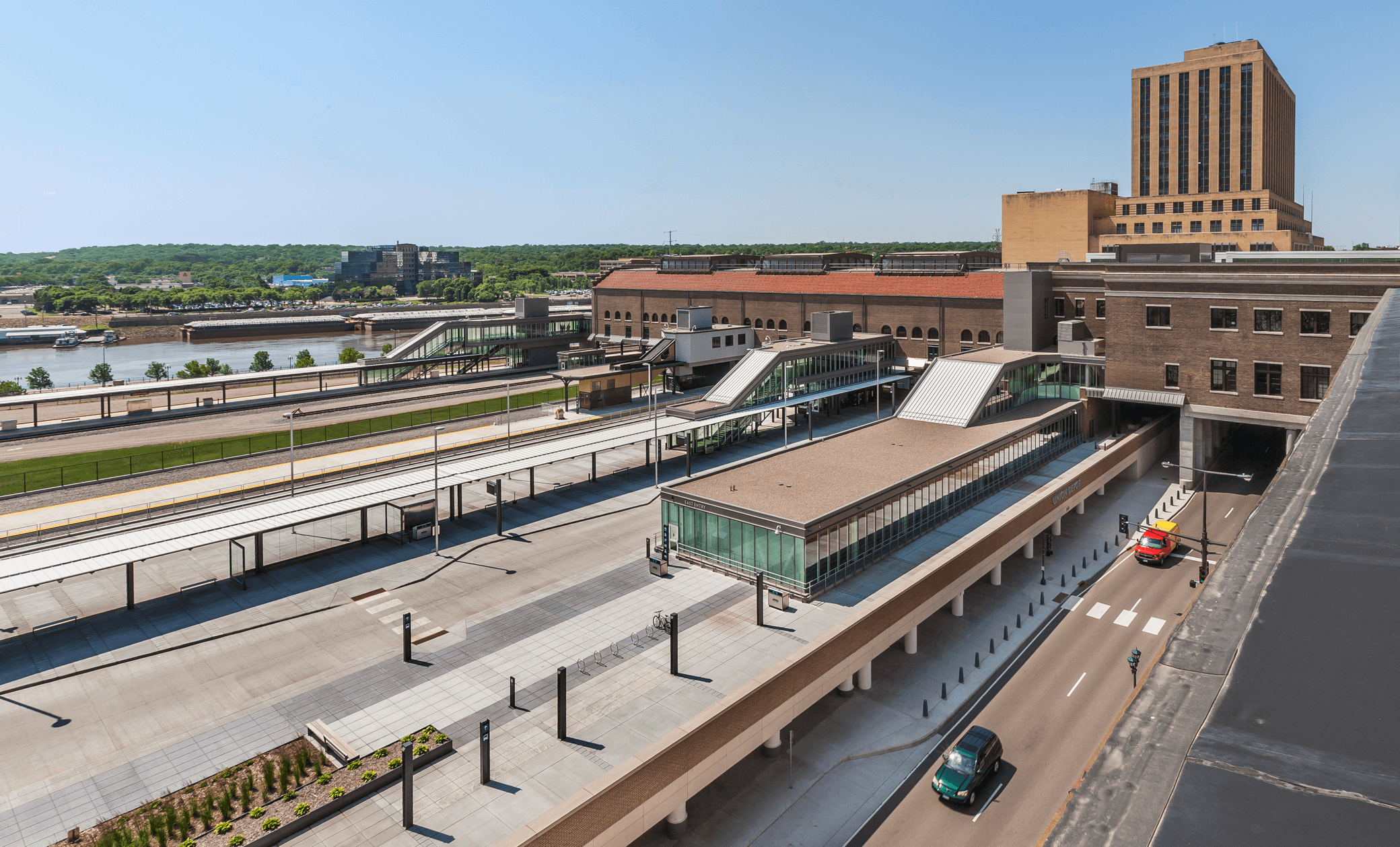The National Disaster Resilience Competition institutionalized the practice of resilience in cities across the country.
CHALLENGE
To confront increasing physical vulnerability to the effects of climate change and decreasing public funding available for infrastructure and community development, the U.S. Department of Housing and Urban Development (HUD) and the Rockefeller Foundation partnered to transform resilience building policy and practice through the National Disaster Resilience Competition. In 2014, President Obama allocated $1 billion in HUD funding to competition winners, which were selected from places that suffered presidentially-declared disasters between 2011 and 2013.
Solution
HR&A supported the Rockefeller Foundation’s management of the program, providing technical support for 67 cities, states, and counties as each prepared competition submissions. This work ensured that the projects and programs would respond to a broad array of climate-related risk, and address social, economic and environmental challenges. HR&A also designed and delivered a capacity-building program for participants that provided individual technical support to teams to guide them through proposal development; regional “Resilience Academies” that brought together a network of experts to support teams in assessing risk and developing strategies and projects to address them; and tools and other resources to help interpret HUD guidance.
IMPACT
The competition enhanced local, state, and regional resilience techniques by offering resources and encouraging partnerships to amplify potential financial and social benefits activated by federal funds. In 2016, HUD announced the 13 winning cities, states, and counties of the $1 billion competition. Funded projects include state watershed, coastal protection, community flood grant, and public housing resilience pilot programs; and coastal wetland and rural river resilience efforts among other projects.
Following the awards, the Rockefeller Foundation engaged HR&A to incorporate workshop teachings into a permanent resilience curriculum, which was deployed across the world through the Global Resilience Academy.





